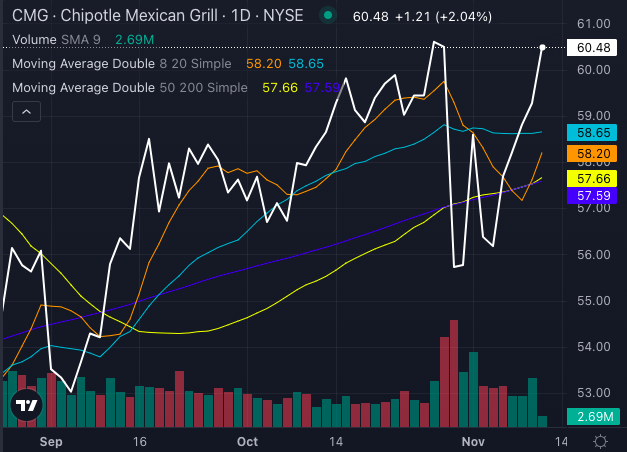Why Have Investors Turned Bearish on Snowflake?
Organizations worldwide are in dire need of efficient data management systems. Cloud-based data warehouses are the knights in shining armor, demolishing data silos by consolidating information into a single accessible hub. Snowflake, amidst tech giants like Amazon Web Services and Microsoft Azure, stands out for its versatility across various cloud platforms and usage-based fees.
The company once enjoyed a bull run post its IPO in 2020, showcasing staggering growth rates year over year. However, the stock’s meteoric rise to an all-time high was accompanied by sky-high valuations and a notable absence of GAAP profits, rendering it vulnerable to market tremors caused by economic factors and geopolitical tensions.
Is Snowflake’s Growth on a Stable Trajectory?
Snowflake’s journey from rapid expansion to a more moderated growth story has been punctuated by fluctuating revenue retention rates. While the company’s sales growth has somewhat stabilized, its net revenue retention rate has been on a consistent decline.
|
Metric |
Q1 2024 |
Q2 2024 |
Q3 2024 |
Q4 2024 |
Q1 2025 |
|---|---|---|---|---|---|
|
Product revenue growth (YOY) |
50% |
37% |
34% |
33% |
34% |
|
Net revenue retention rate |
151% |
142% |
135% |
131% |
128% |
Data source: Snowflake. YOY = Year over year.
Despite these figures, Snowflake’s financial health remains precarious, with its margins stagnating and losses mounting. The company’s spending on new data center GPUs for AI applications hasn’t yielded substantial returns, as non-GAAP metrics show signs of peaking.
Where is Snowflake Headed Next?
The departure of CEO Frank Slootman and Snowflake’s tempered revenue forecast have cast shadows over the company’s ambitious growth targets. The outlook for the short term indicates a struggle to meet previous revenue milestones. Analysts foresee a more modest revenue growth trajectory, a far cry from the lofty aspirations set in the past.
Furthermore, Snowflake’s hefty enterprise value relative to its growth prospects raises concerns among insiders and potential investors. The unimpressive financial metrics coupled with the inflated valuation paint a cautious picture for those eyeing to invest in the company.
Final Thoughts on Snowflake’s Stock Outlook
Snowflake’s journey from a darling of Wall Street to a cautionary tale serves as a stark reminder of the volatile nature of the stock market. As the company grapples with slowing growth, diminishing customer retention, and an array of operational challenges, investors are advised to exercise caution rather than perceive recent dips in the stock price as an attractive entry point.
Investing in Snowflake: A Critical Analysis
Consider the Source: Making Informed Investment Decisions
Before diving into the allure of Snowflake’s stock, take a moment to reflect on the advice provided by financial analysts. The Motley Fool Stock Advisor team, renowned for their insights, recently unveiled a list of the top 10 stocks believed to yield substantial returns. Surprisingly, Snowflake did not make the coveted cut. The chosen stocks have the potential to deliver significant gains in the foreseeable future.
Historical Perspectives: The Power of Investment
Reflect on the time Nvidia joined a similar list on April 15, 2005. Imagine investing $1,000 based on that recommendation – you would now possess a staggering $652,342*. The awe-inspiring success stories of the past provide invaluable insights into the realm of investments.
The Stock Advisor Pedigree: Guidance and Success
Stock Advisor isn’t just your run-of-the-mill investment platform; it is a comprehensive blueprint for success. Offering a roadmap on portfolio construction, regular analyst updates, and two fresh stock picks each month, Stock Advisor has surpassed the S&P 500 return fourfold since 2002*. The numbers speak for themselves.
*Stock Advisor returns data as of May 28, 2024



